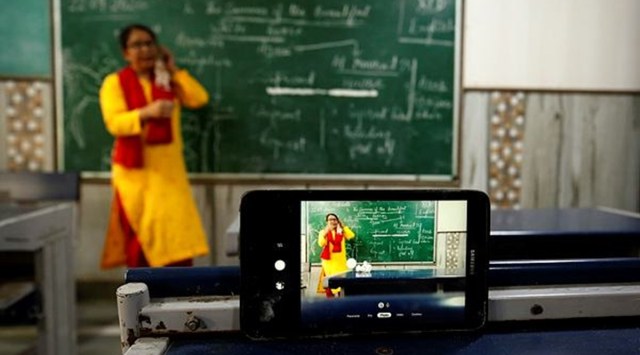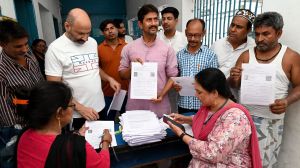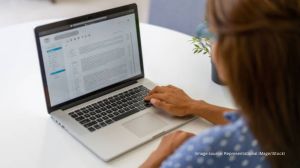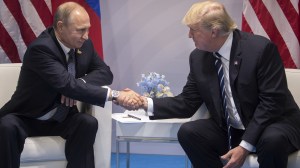Covid exposed what we always knew: Delhi’s students face a digital divide
From a lack of access to mobiles to poor internet connection — for students attending online classes during the lockdown in city schools in 2020 and 2021, the issues were many. A new study by the Delhi govt sheds light on how some were affected more than others
 According to Shailender Sharma, Principal Advisor to the Director of Education, the government had created interesting worksheets which they sent to schools, which were then distributed to parents and students through teachers over WhatsApp. Archive
According to Shailender Sharma, Principal Advisor to the Director of Education, the government had created interesting worksheets which they sent to schools, which were then distributed to parents and students through teachers over WhatsApp. Archive Unavailability of devices, poor internet connectivity, low attention span among students and some privacy concerns are among trends that have emerged in a study released by the Delhi government’s Planning Department on how school children learnt in the online mode during the Covid-induced lockdown.
The study, conducted in April 2022 and made public recently, has been done in collaboration with the Directorate of Education and was carried out by the Institute of Social Studies Trust (ISST). It surveyed 9,087 students – 73.5% were from government schools and 26.5% from private schools – 1,772 teachers and 1,753 parents.
 Older children in a household were given preference when it came to accessibility to devices, the study showed. Archive
Older children in a household were given preference when it came to accessibility to devices, the study showed. Archive
As per the study, 54% of parents of children in classes I to V reported that their children did not attend class because they did not have full access to devices. In classes VI to VIII, this percentage was 50 and classes XI to XII it was 24.
Older children in a household were given preference when it came to accessibility to devices, and many found it difficult to ensure consistency in learning when there were multiple children in a household, the study said.
“While on average across classes, more than 60% of boys and girls attended classes, of those who were not able to attend regularly, more than one third of them stated they did not have stable internet connectivity,” it added.
“About 15-20% of them stated that they did not have a device at home. The poor economic conditions of some of these families could also be a key factor in not being able to afford a device and internet connectivity for all the children,” it stated.

Sant Ram, a Hindi teacher at Sarvodaya Bal Vidyalaya, Subhash Nagar, and district secretary of the GSTA, told The Indian Express: “During Covid, out of 57 students in my class, only 17 used to attend classes online regularly. Most of the children who go to government schools come from lower or lower-middle class families with no smartphone or only one that is used by multiple people. In such cases, the older child studying in class X or XII would be given the phone and the rest skipped classes.”
Dashrath Sharma, a parent of three children studying in classes III, VII and X at the Sarvodaya Bal Vidyalaya, Subhash Nagar, said he had to borrow money from friends to buy a smartphone. “Purchasing data plans was also a big expense at the time,” he said.
According to Shailender Sharma, Principal Advisor to the Director of Education, since the beginning of Covid, they had devised a strategy keeping in mind that not every household might have a smartphone. “We used SMS services and IVR systems to instruct simple tasks to parents. When we realised it was a long haul, we started sending worksheets and called it a semi-online schooling approach.”
“We never said we were going completely online because we knew that there would be a digital divide. We did not want to create a new learning divide on the top of it,” he said.
He highlighted that in order to ensure two-way communication between teachers and students, the government had created interesting worksheets which they sent to schools, which were then distributed to parents and students through teachers over WhatsApp. Those who did not have access to WhatsApp were given the option of visiting the school once a week and collecting the worksheet along with ration distribution.
Sharma said, “The number of students who attended live classes were less in number but they accessed the recorded classes on YouTube at the end of the day. This is how we learnt that the device was probably not available with the student at the time of the class as parents must have carried it with them to work.”
Live online classes were conducted for classes XI and XII and over a period, classes IX and X also were added as the lockdown extended. Sharma said that feedback sessions were conducted regularly to track the progress of students and teachers.
The study also explored the duration of access to devices and the kind of devices used.
More than 75% of parents stated that their children had a device at all times, while 11.8% said they had access to devices for online classes only some of the time. Around 11% of the parents said they could not provide a device to their wards for attending online classes at all. Among those who had access to a device, 98% said their children used smartphones, 0.5% said they used tablets, and 1.5% had access to a laptop or desktop computer.
Sanjeev Gaur, head of the Government Boys Senior Secondary School, Rajouri Garden Extension, said: “Most parents carried their smartphones with them to work so students did not have a device through which they could attend classes. Teachers too had to use their own data or WiFi connections to conduct classes.”
“In the past two years, their education had gone off track. Now, with the resumption of full-time physical schooling, students are slowly getting back on track,” he said.
Of the 11% of parents who could not provide a device to their wards, some said their children did not attend online classes at all. Others said their children shared devices with friends, neighbours or relatives.
Devesh, a Class X Hindi teacher at Pratibha school, Shalimar Bagh, said: “When schools went digital, there was a clear disparity between the rich and the poor.”







